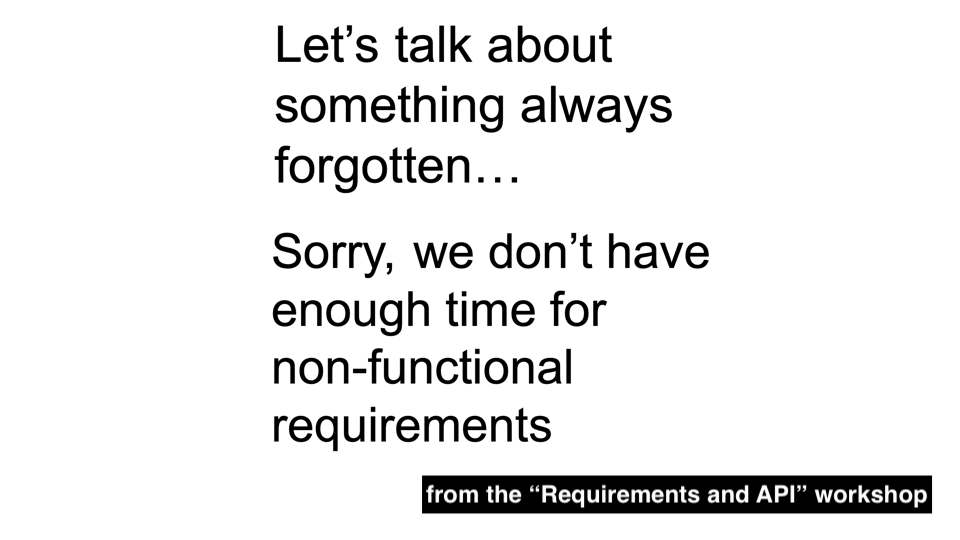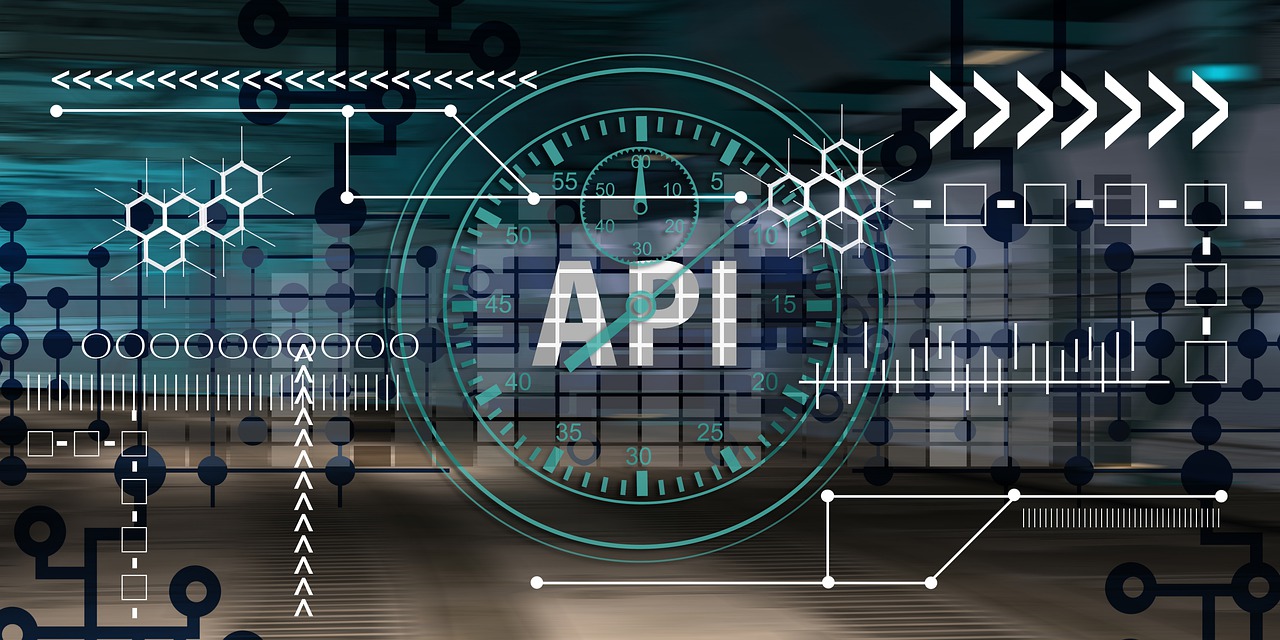New Chapter of Requirements & API - Workflows
A new chapter in the Requirements & API series is available.
The final chapter of my Requirements & API series is here! This article dives into designing and documenting hashtag#workflows, showcasing how to manage several API interactions effectively.
🔍 Key Highlights:
🖊️ Using UML Sequence Diagrams to illustrate interaction flows across multiple actors.
🖊️ Exploring the new hashtag#Arazzo specification from the OpenAPI Initiative, which enables referencing existing OpenAPI operations to outline workflows step by step.
🖊️ Taking a look into ServerlessWorkflow, a powerful DSL for designing and executing workflows that support various protocols.
This was one of the most challenging articles to write, given the variety of notations and languages involved. But I’m thrilled to share it with you!
Previous chapters:


